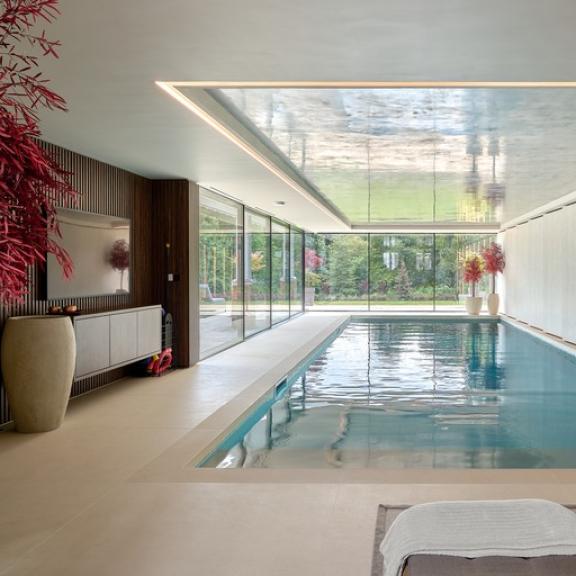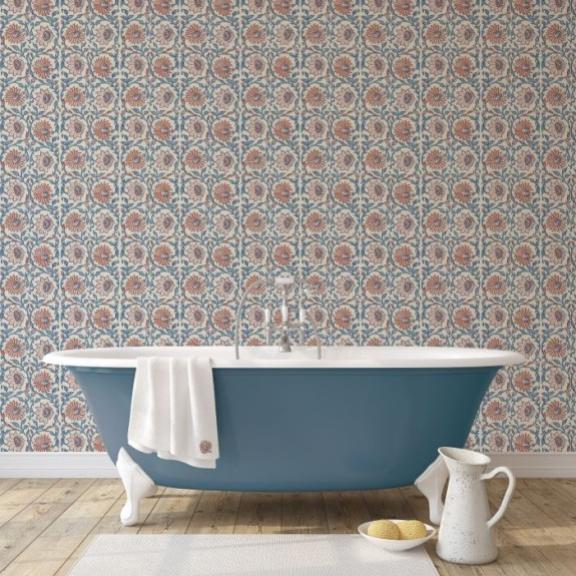VAT: what interior designers need to know
Find out when you need to register your practice for VAT, and what your responsibilities are, with our guide.

If your practice has a VAT taxable turnover of more than £85,000, you’ll have to register the business for VAT. That’s the case whether you’re a sole trader or you’ve set up a limited company.
You can also register for VAT voluntarily if your taxable turnover is less than £85,000.
VAT is charged on the sale of goods and services, among other things, and, if your business is VAT registered, you have to charge it. Of course, you can also reclaim the VAT your practice has paid for business-related goods and services.
Find out the steps you need to follow to check if you should register, how you register, and what you need to do to keep up with legal requirements.
What is my VAT taxable turnover?
Your VAT taxable turnover is the total of everything you’ve sold that isn’t VAT exempt. And it is turnover that’s crucial here. It’s not profit.
You are obliged to register for VAT once you have a VAT taxable turnover of more than £85,000 in any 12 month period. Bear in mind the word ‘any’: this is a rolling period, so it’s not a matter of what you’ve turned over in a financial year, or a calendar one.
Be aware, too, that £85,000 is the current threshold, and it usually goes up on 1 April each year, so you’ll need to stay informed as well as keeping track of turnover.
To calculate whether your VAT taxable turnover has exceeded the current threshold, add together the total value of UK sales that aren’t exempt from VAT.
When do I need to register for VAT?
It’s compulsory to register for VAT if you think your VAT taxable turnover will be more than £85,000 in the next 30 day period. You’ll have to register by the end of this 30 day period. The effective date of registration is when you realised this to be the case, not when the turnover went over the threshold.
Registration is also mandatory if, by the end of any month, your total VAT taxable turnover for the last 12 months was over £85,000. If this is the case, you must register within 30 days of the end of the month when you exceeded the threshold. Here, the effective date of registration is the first day of the second month after you go over the threshold.
How do I register for VAT?
You can register online and create a VAT online account. You’ll need to supply information on your turnover and your business, plus give bank details. You’ll be sent a VAT registration certificate, usually within 30 working days.
Why register for VAT voluntarily?
There are a few reasons why you might want to register for VAT even if you’re not at the stage when you need to.
Registration can mean other businesses are willing to work with your practice where they wouldn’t do so with a business that isn’t VAT registered. Equally, it helps your business look serious and successful even when you’re starting out.
Another advantage if you’re registered is that you can reclaim VAT on the goods and services you’ve purchased for your business.
Another plus point of registration is that you won’t have to be concerned about going over the VAT threshold and registering in time. Late registration could mean paying a penalty.
If you are considering voluntary registration, however, don’t forget that it will bring responsibilities, and extra costs if you pay a professional to undertake the work for you (see below). Also, while it might attract other businesses to commission work, it would push up your prices for individual homeowners thinking of employing an interior designer.
What VAT records do I need to keep?
If your interior design practice is a VAT-registered business, you have to keep records of sales and purchases; keep a VAT account; and issue VAT invoices.
The VAT account includes the VAT you’ve charged and the VAT you’ve paid on purchases. These figures can then be used for your VAT return.
You’ll need to issue valid invoices and keep the invoices for the things you buy. The invoices need to follow the rules with all the necessary details provided on the document.
Your VAT records should generally be kept for at least six years.
What about VAT returns?
VAT returns are usually submitted to HMRC every three months. Each should record elements such as total sales and purchases, the VAT you owe, the VAT you can reclaim, and your VAT refund from HMRC.
You don’t have to do everything yourself, of course; you can appoint an agent – such as an accountant – to deal with HMRC on your behalf.
Registering for VAT may be a necessity for your business, or it could be a choice if you haven’t yet reached the threshold. But whether you have to, or you make the move voluntarily, it’s vital to undertake all the required tasks. Want further details? You’ll find all you need via the government website.
Should you practise as an interior design via a limited company or as a sole trader? Discover what you need to decide
We asked Anna Burles: What makes the perfect software?
Discover the smart home technology awards with Platinum Partner, CEDIA
Explore the latest, member-exclusive, templates designed to make your life easier.
University of Gloucestershire wins the BIID Student Design Challenge 2025.
The BIID are searching for members to join our Regional Ambassadors team
GP&J Baker return as Platinum Partner with the BIID for 2025/2026





